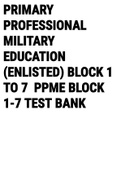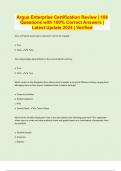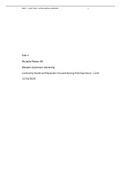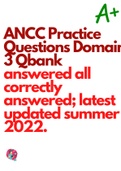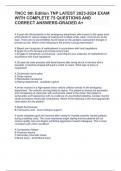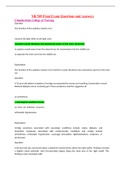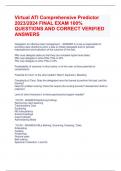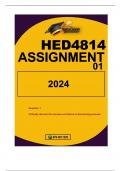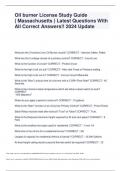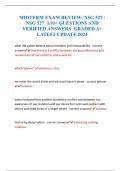Exam (elaborations)
Exam (elaborations) Primary Professional Military Education (Enlisted) Block 1 to 7 PPME Block 1-7 TEST BANK
- Institution
- Harvard University
Exam (elaborations) Primary Professional Military Education (Enlisted) Block 1 to 7 PPME Block 1-7 TEST BANK SECTION 1: CHIEF PETTY OFFICER HISTORY, DUTIES, AND RESPONSIBILITIES 1. The only article of the CPO uniform described in the 1897 Uniform Regulations was the? ** hat device 2. Which ...
[Show more]
